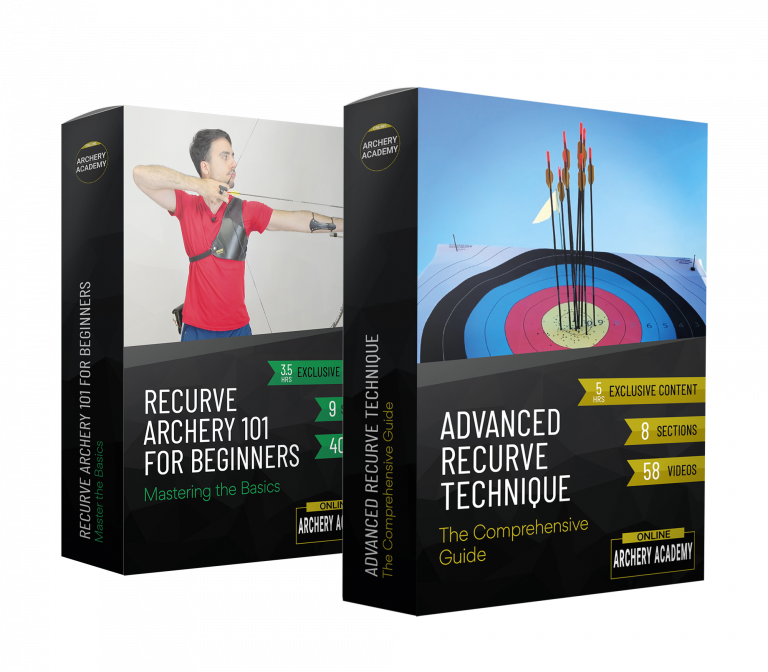How To Train for Archery
YOUR GOALS DIRECT HOW YOU TRAIN FOR ARCHERY
Do you want to become the next Olympic Champion? Or maybe you just want to enjoy shooting a few arrows each week for fun. It’s up to you, but being clear on what you want to achieve will help you to get the most from your archery. Because if you don’t know what you want from your archery, you won’t know how to train for it.
A common question is how much should I shoot? But there is not one frequency or method of training that works for everyones needs at all times. Training needs to be individual and variable. Clearly, if you are a young archer aiming to become Olympic Champion, your training frequency and methods need to be suited to this purpose. If you want to enjoy recurve archery as a hobby but still improve, your training would need to be suited to this instead.
Determine your goals first, then go from there. These goals should be yours, not anyone elses.
HOW TO TRAIN FOR ARCHERY - VARYING YOUR SESSIONS
If you want to improve your recurve archery, each training session should have a clear purpose and direction as to how you will train this. And this can be as simple as working on a technique area or learning a new skill.
It is good to think through what you want to do before you start your training session, as this will help you focus on what’s important. You can find a great archery training plan template for your daily training on our Score Sheets & Resources page.
Depending on what you are working on, select a method of training which is suitable. For example, if you are working on a new technique area, you would use a light bow and shoot at close range with a blank target first. Jumping straight to long distance with a target face is unlikely to be productive.
You should mix up your training in a number of ways to help you achieve the results you want. This depends on what you’re working on, what stage of your training you are in and what you want to achieve. Some things you can vary in training are below.
- Distance
- Target face
- Number of arrows per end
- Total number of arrows in your training session
- The drills you do
- Ratio of shooting to light bow repetitions in your training session
- Ratio of long distance to close blank boss shooting
- Rest between arrows
- Rest between ends
- Bow poundage
- Activity between ends (light bow repetitions, exercises…etc)
- Rest between sessions
- The intensity and duration of your sessions
WHAT POUNDAGE SHOULD I SHOOT?
The vast majority of archers shoot a bow poundage which is too strong for them. Shoot a poundage you can manage and you will shoot more comfortably, improve your shooting and remain injury free. A great test to see whether you can manage your bow is the 7+2 test.
Simply draw your bow to full draw and hold for 7 seconds, slowly (take 1 second) let down to your set-up position and draw back to full draw (another 1 second) before holding again for 7 seconds and repeating. Count how many reps you can do.
To really be in control of your bow, you should be able to do a minimum of 8 reps. An OK level of strength is if you are able to do 6 reps. But 8-10 reps means you are properly in control of your bow.
The Fastest Way to Learn Archery
Save years of frustration and improve your technique and scores today. Without spending thousands on equipment or travelling hours for coaching. Plus OAA readers get 20% off.
Expert step-by-step guidance, lifetime access and a 100 day money-back guarantee, no questions asked.

WHAT DISTANCE SHOULD I SHOOT?
It’s important to make sure you shoot at a distance which you can manage, too. You want to shoot at a distance where you can maintain your posture and technique. The further the distance, the harder it is to do the correct technique.
This clearly depends on your poundage. It is extremely common to see junior or beginner archers try to shoot further distances too quickly. This sacrifices their posture and technique, and requires them to increase their poundage too quickly. It is much better to remain at a closer distance and a lower poundage for longer.
The same issue occurs with the mass weight of the bow, keep the mass weight of the bow lighter for longer and you will enjoy shooting more.
You can visit our Archery Drills & Bow Training page for details on specific archery training exercises which will help you improve your bow strength and control.
HOW TO TRAIN FOR ARCHERY - PLAN AND REVIEW YOUR SESSIONS
If you really want to progress, it’s important to plan your archery training and record what you are doing. This way you can find what works for you, and what doesn’t. You will also have a plan that you are more likely to commit to.
Everyone is different. If you record what you are doing, you can review your training later and learn what works for you. This doesn’t have to take lots of time and detail every single thing you do. Pick a few key metrics that you think are relevant to start with and adapt as you go along.
As a starting point, written details about your technique feeling, the drills you did, the number of arrows you shot, the time taken per session and your scores are some good metrics.
RECURVE ARCHERY TRAINING PLAN PRINCIPLES
Over time, you probably hope to increase your strength and/or your ability to maintain your technique for longer (capacity). In very basic terms, to do this you will need to overload your body with new stimulus. In terms of physical training, a new stimulus might be a new exercise, the number of reps, or the weight used. The body then undergoes adaptation and recovery, and becomes stronger. In order to continue improving, you need to first make sure the training is strenuous enough. Secondly, you need to make sure you have enough recovery to allow the body to adapt. Lastly, you need to make sure there is lots of variation in all your training.
These physical training principles apply in exactly the same way to archery training, for recurve or compound. Try new drills, exercises or tasks in your archery training to help you improve your technique.
HOW TO PREVENT OVERTRAINING
Overtraining often happens when training has been too strenuous for too long, and you haven’t had enough time to recover. There is always a fine balance between training hard and overtraining. With overtraining, there is a much higher risk of injury. It is recommended to increase your training volume no more than 10% per week to lower the risk of injury and overtraining.
Your archery training volume can be simply estimated by combining the number of arrows you have shot with the amount of bow training you have done.
It is good to be aware of some of the symptoms of overtraining which are listed below. The remedy is rest and recovery.
- Lack of fine motor control.
- Moodiness & irritability
- Decreased immunity (more illness)
- Lack of motivation and enthusiasm for the sport
- Decreased appetite
- Depression
- Continually feeling tired, fatigued, and lacking energy
- Sudden drop in performance
- Persistent muscle soreness
- Persistent aches and pains in muscles and joints
- Difficulty sleeping (insomnia)
- Regular headaches
- Decrease in training capacity/intensity
- Increased number of injuries
- Increased resting heart rate
- Decreased Heart Rate Variability (HRV)
